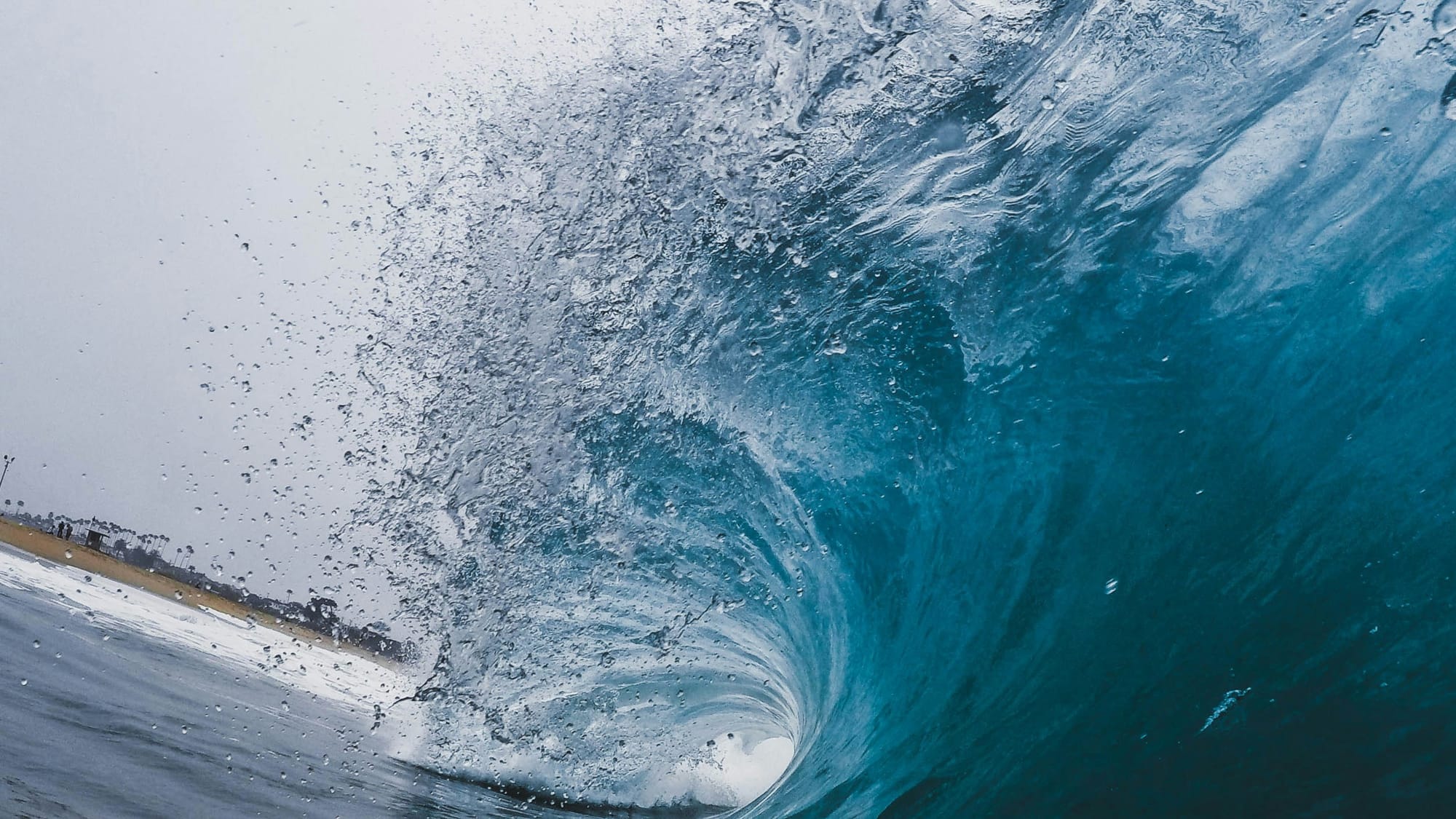Timing is Everything: Navigating the Surf Zone Based on Wave Frequency
The surf zone, where waves break near the shore, presents a dynamic challenge for outrigger canoe paddlers. Understanding wave frequency, the time interval between waves, is crucial for timing your maneuvers and navigating this area safely.

The surf zone, where waves break near the shore, presents a dynamic challenge for outrigger canoe paddlers. Understanding wave frequency, the time interval between waves, is crucial for timing your maneuvers and navigating this area safely.
Reading the Wave Frequency
- Observation: Take some time to observe the wave pattern before entering the surf zone. Count the seconds between waves to estimate the frequency. Look for consistent intervals or sets of larger waves followed by calmer periods.
- Types of Intervals:
- Short Intervals: Frequent waves with little time between them require quick reactions and continuous paddling.
- Long Intervals: Longer intervals provide more time to maneuver and rest, but can create a false sense of security as larger sets of waves can arrive unexpectedly.
Navigating the Surf Zone
- Entering the Surf Zone:
- Timing: Ideally, paddle out during a lull between sets of waves. This gives you time to adjust to the conditions and prepare for the next set.
- Technique: Maintain momentum and paddle strongly to avoid getting caught by a breaking wave. Keep the canoe perpendicular to the wave to prevent broaching (getting turned sideways).
Riding Waves In
- Timing: Catch the wave at the right moment, just as it begins to crest. Too early and you'll miss the wave's energy; too late and you risk getting caught in the break.
- Technique: As you feel the wave lift the canoe, paddle hard to match its speed and maintain your position on the wave. Steer the canoe to avoid other paddlers or hazards.
Exiting the Surf Zone
- Timing: Choose a moment when there's a gap between waves to paddle back out or towards the shore.
- Technique: Paddle strongly to maintain control and avoid getting pushed back by the waves. If necessary, turn the canoe around and paddle backwards to keep the stern facing the waves.
Additional Tips
- Communicate: In a crew, communicate clearly and coordinate your actions to ensure everyone is in sync.
- Be Aware of Currents: Rip currents can be present in the surf zone. If you feel yourself being pulled out to sea, don't panic. Paddle parallel to the shore until you escape the current's pull, then head back to shore.
- Stay Alert: Conditions in the surf zone can change rapidly. Continuously observe the wave pattern and adjust your timing and technique accordingly.
By understanding wave frequency and mastering the timing of your maneuvers, you can navigate the surf zone with confidence and skill, making the most of your outrigger canoe paddling experience.

